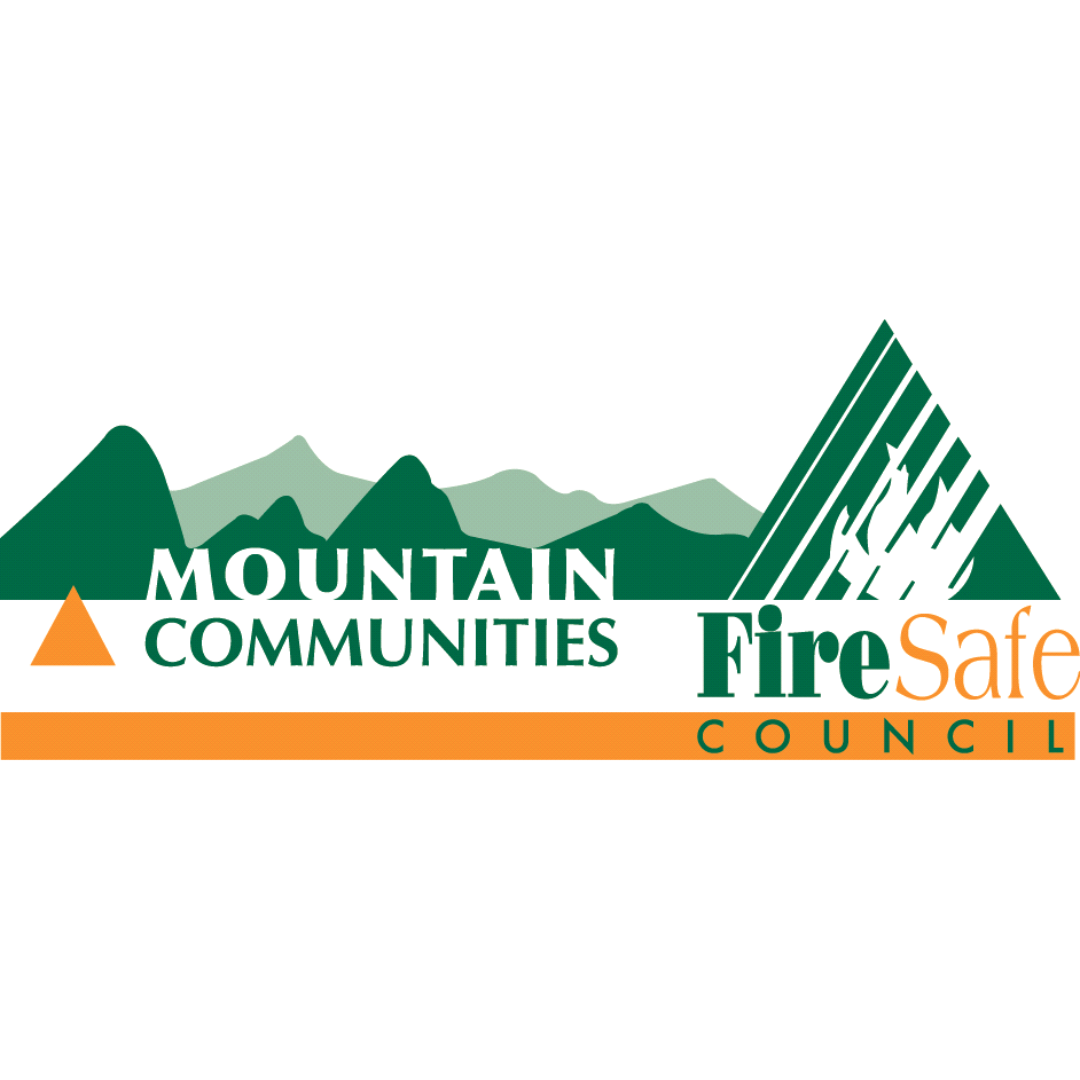-
Insurance
Insurance Insurance companies should become more involved with the community and develop a realistic understanding of the fire threat and appropriate mitigation measures for the San Jacinto Mountains area. Statewide rules developed in Sacramento need to be adjusted to fit the realities of this community. Recommendations MAST members and community representatives will work with agencies…
-
Resources
Firefighting Resources: The Pine Cove Water District has established a plan to extend its 6" and 8" main lines onto USFS lands. These lines will follow existing fire roads and fuel breaks on the western flank of Pine Cove and Idyllwild. The purpose of these lines is to provide water for firefighters and equipment. Fire…
Mountain Communities Fire Safe Council
Enjoy the Forest. Be Fire Safe.









